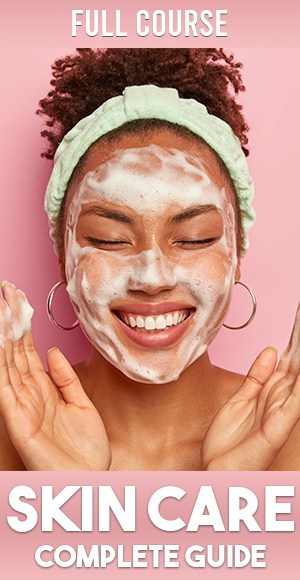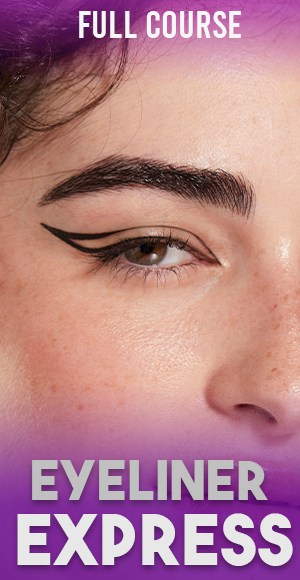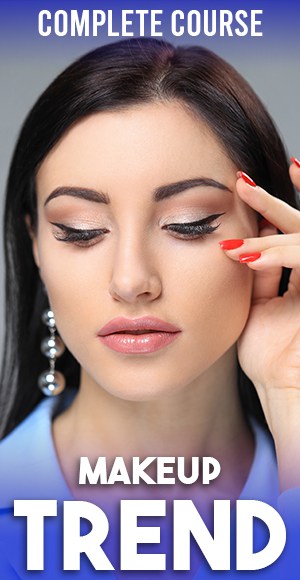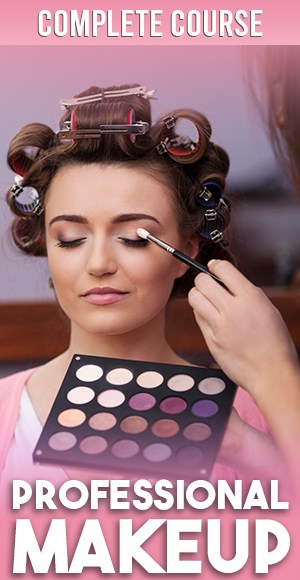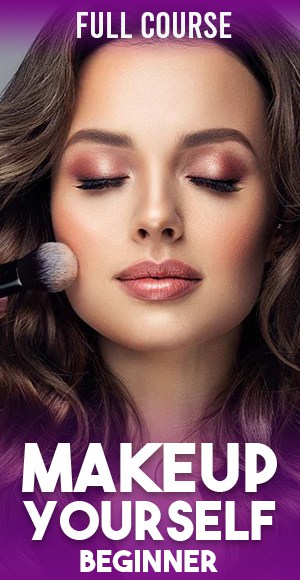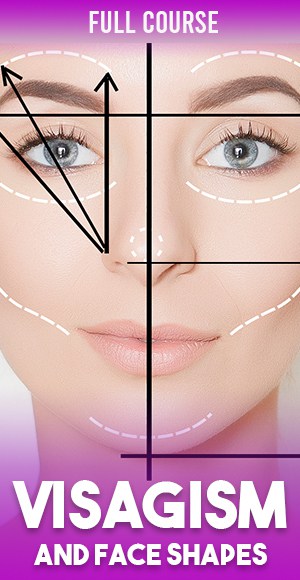Understanding Melasma

Melasma, a common skin condition, presents a unique challenge for many. It’s characterized by dark, discolored patches on the skin, often appearing on the forehead, cheeks, nose, and upper lip. Understanding the nature of melasma is the first step in learning how to cover melasma effectively.
Introduction to Melasma
Melasma is more than just a cosmetic concern; it’s a complex skin condition that requires a nuanced approach to treatment and coverage. This condition is marked by:
- Definition and Characteristics
- Dark, brownish patches on the skin
- Often symmetrical and uniform in appearance
- Common Areas Affected
- Forehead
- Cheeks
- Nose
- Upper lip
These patches are a result of melanin overproduction, often triggered by factors like sun exposure and hormonal changes. Understanding these triggers is crucial in both treating and covering melasma.
In the next sections, we’ll explore various strategies, from preventive measures to makeup tips, to help you manage and cover melasma effectively. Stay tuned for insights on over-the-counter treatments, prescription options, and natural remedies tailored for those seeking ways on how to cover melasma.
Preventive Measures
Prevention is key when dealing with melasma, especially for those seeking advice on how to cover melasma. The cornerstone of prevention lies in protecting the skin from the sun’s harmful rays, which can exacerbate melasma.
Importance of Sunscreen
Sunscreen is an essential tool in the fight against melasma. It helps in minimizing the darkening of existing patches and prevents the formation of new ones. Understanding the types of sunscreens and choosing the right one can make a significant difference.
- Types of Sunscreens
- Mineral Sunscreens: Contain zinc oxide or titanium dioxide, which physically block UV rays.
- Chemical Sunscreens: Absorb UV rays before they can damage the skin.
- It’s important to choose a broad-spectrum sunscreen that protects against both UVA and UVB rays. For those with melasma, mineral sunscreens are often recommended due to their gentle nature and effectiveness.
- Recommended Products
- EltaMD offers a range of sunscreens that are highly favored for melasma care. Their products provide broad-spectrum protection and are suitable for sensitive skin types.
Lifestyle Adjustments
In addition to using sunscreen, making certain lifestyle adjustments can further protect your skin from melasma.
- Avoiding Direct Sun Exposure
- Seek shade during peak sun hours (10 AM to 4 PM).
- Use umbrellas or hats for added protection.
- Wearing Protective Clothing
- Long-sleeved shirts and pants.
- UV-protective clothing for extra defense against sun exposure.
By incorporating these preventive measures into your daily routine, you can effectively manage melasma and reduce the need for extensive coverage. Remember, the best strategy for how to cover melasma starts with prevention. For more detailed information on sun protection and skin health, visit the Skin Cancer Foundation.
In the following sections, we’ll delve into over-the-counter treatments and makeup techniques to help you cover and manage melasma effectively. Stay tuned for practical tips and product recommendations.
Over-the-Counter Treatments
For those exploring how to cover melasma, over-the-counter (OTC) treatments can be a game-changer. These products, often enriched with active ingredients, can help lighten hyperpigmentation and improve skin tone.
Topical Products for Melasma

When selecting OTC products for melasma, it’s crucial to look for key ingredients known for their efficacy in treating hyperpigmentation.
- Ingredients to Look For
- Hydroquinone: A skin-lightening agent that reduces melanin production.
- Vitamin C: Known for its antioxidant properties and ability to brighten skin.
- Niacinamide: Helps in reducing skin discoloration.
- Product Recommendations
- For hydroquinone, consider products like Ambi Skincare Fade Cream, which is specifically formulated to target dark spots.
- A vitamin C serum like SkinCeuticals C E Ferulic is excellent for overall skin brightness and reducing the appearance of melasma.
- Niacinamide can be found in products like The Ordinary Niacinamide 10% + Zinc 1%, which is affordable and effective.
Safe Skincare During Pregnancy
Pregnancy can often trigger or worsen melasma, making it essential to choose safe skincare products.
- Pregnancy-Safe Products
- Look for products free from retinoids and high concentrations of salicylic acid.
- Belli Skincare offers a range of pregnancy-safe skincare products that are gentle yet effective for managing melasma.
By incorporating these OTC treatments into your skincare routine, you can significantly improve the appearance of melasma. This is a vital step in learning how to cover melasma effectively, as treating the underlying condition can reduce the need for heavy makeup.
In the upcoming sections, we’ll explore prescription treatments and professional procedures, offering more robust solutions for those with persistent melasma. Stay tuned for expert insights and tailored recommendations. For those interested in complementing their skincare routine with expert makeup techniques, check out the blog post Classic Cat Eye: Mastering Timeless Elegance on Makeupflix, which offers valuable tips and tutorials. This can be particularly useful for creating looks that enhance your features while managing skin conditions like melasma. For more information on safe skincare during pregnancy, visit the American Academy of Dermatology.
Prescription Treatments and Professional Procedures
While over-the-counter products are helpful, some cases of melasma require stronger, dermatologist-recommended treatments. Understanding these options is crucial for those seeking comprehensive solutions on how to cover melasma.
Dermatologist-Recommended Treatments

Professional guidance can lead to more effective management of melasma, especially in severe cases.
- Prescription-Strength Medications
- These include higher concentrations of hydroquinone, tretinoin, and corticosteroids.
- Combination creams, like Tri-Luma, which blend multiple active ingredients, are often prescribed for their synergistic effects.
- In-Office Treatments
- Chemical peels, which help in exfoliating the skin and reducing pigmentation.
- Laser treatments, like fractional lasers, can be effective but require careful consideration due to the risk of worsening melasma.
Consulting with a dermatologist is essential to determine the most suitable treatment plan for your skin type and melasma condition.
Understanding Hydroquinone
Hydroquinone is a potent ingredient in melasma treatment, but it’s important to use it correctly.
- Benefits and Risks
- It’s effective in reducing the appearance of dark spots.
- Long-term use can have side effects, such as skin irritation or ochronosis (skin darkening).
- Usage Guidelines
- Typically prescribed for short-term use (about 3-4 months).
- It’s crucial to follow your dermatologist’s instructions and monitor your skin’s response.
For those exploring how to cover melasma, understanding and utilizing these prescription treatments can significantly improve skin appearance, making it easier to achieve a more even skin tone. For more information on prescription treatments and their safe usage, consider visiting the National Institutes of Health.
In the next sections, we’ll delve into alternative and natural remedies, followed by makeup tips specifically for covering melasma. Stay tuned for more insights and practical advice.
Alternative and Natural Remedies
In addition to medical treatments, exploring natural remedies can be a valuable part of your strategy on how to cover melasma. These alternatives often focus on holistic approaches, combining topical applications with lifestyle and dietary changes.
Natural Ingredients for Melasma
Natural ingredients can offer a gentler approach to managing melasma, though their efficacy may vary.
- Efficacy and Safety
- Ingredients like licorice extract, kojic acid, and azelaic acid are known for their skin-lightening properties.
- These ingredients are generally safe but should be used with caution to avoid skin irritation.
- DIY Remedies
- Aloe vera gel: Known for its soothing and lightening effects.
- Turmeric masks: Turmeric has anti-inflammatory properties and can help in reducing pigmentation.
While these natural remedies can be beneficial, it’s important to remember that results may take time and consistency is key.
Lifestyle and Dietary Changes
The health of your skin is deeply connected to your overall lifestyle and diet, making these factors crucial in your journey to how to cover melasma.
- Impact of Diet on Skin Health
- A diet rich in antioxidants, like fruits and vegetables, can improve skin health.
- Foods high in Vitamin C and E are particularly beneficial for skin prone to hyperpigmentation.
- Stress Management Techniques
- Chronic stress can exacerbate skin conditions like melasma.
- Techniques such as yoga, meditation, and regular exercise can help in managing stress levels.
Incorporating these natural remedies and lifestyle changes can support your skin health and complement other treatments for melasma. For more insights into the impact of diet on skin health, visit WebMD.
In the final section, we’ll explore makeup tips specifically tailored for covering melasma, providing practical advice to help you achieve a flawless look. Stay tuned for expert recommendations and product suggestions.
How to Cover Melasma with Makeup
For many dealing with melasma, makeup is a vital tool in their beauty arsenal. Knowing how to cover melasma with makeup can boost confidence and provide a temporary solution for evening out skin tone.
Makeup Tips for Melasma
The right makeup techniques and products can effectively camouflage melasma, offering a smoother, more uniform complexion.
- Choosing the Right Products
- Opt for products with high pigment concentration for better coverage.
- Look for non-comedogenic and hypoallergenic options to avoid skin irritation.
- Application Techniques
- Start with a color-correcting primer to neutralize discoloration.
- Apply foundation in thin layers, building coverage gradually.
- Use a setting powder or spray to ensure longevity.
Mastering these techniques can make a significant difference in your makeup routine, especially when you’re focused on how to cover melasma.
Product Recommendations
Selecting the right products is crucial for achieving the desired coverage without a heavy makeup look.
- Concealers and Foundations
- Choose concealers that are one shade lighter than your skin tone for optimal coverage.
- Foundations with a matte finish can help in reducing the appearance of uneven skin texture.
- Example: Colorescience Palette
- The Colorescience Mineral Corrector Palette is an excellent choice for its versatility and effectiveness in covering hyperpigmentation.
By incorporating these makeup tips and product recommendations into your routine, you can master the art of covering melasma with makeup. Remember, while makeup is a great tool for instant coverage, addressing the underlying condition is key for long-term management.
This comprehensive guide on how to cover melasma offers insights into various aspects of managing this skin condition, from prevention and treatment to makeup techniques. Additionally, for those interested in enhancing their makeup skills further, Makeupflix is an excellent resource. This streaming course makeup platform provides a wide range of tutorials and lessons tailored to various makeup needs and challenges. With the right approach, you can achieve both healthy skin and the confidence that comes with it.

















